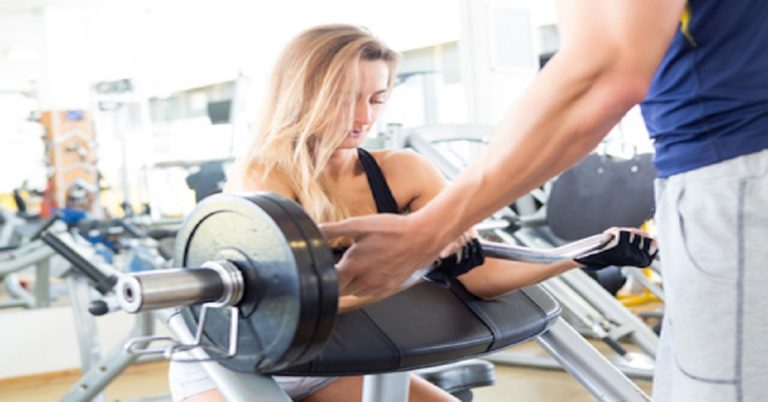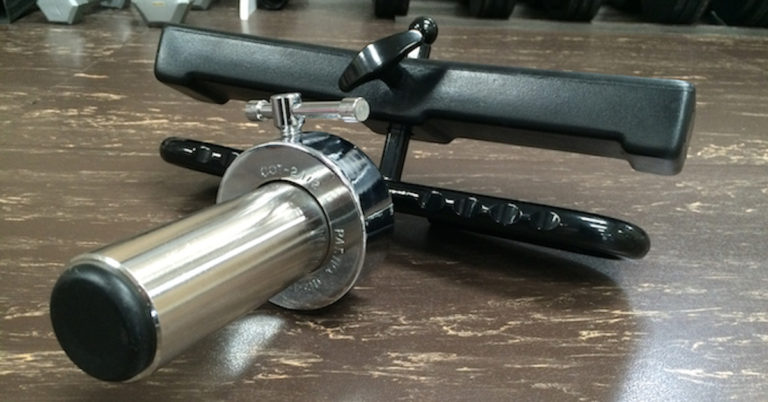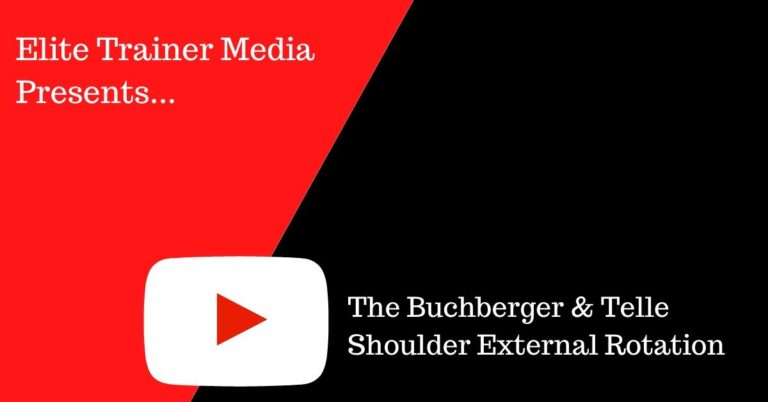Ever notice that women and endurance athletes can perform more reps at a given intensity than the average guy? That’s because they typically have a higher percentage of slow-twitch muscle fibers, making them more resistant to fatigue at submaximal loads. Research backs this up: Endurance Capacity of Untrained Males and Females (Maughan et al., 1986)…
Want to lift heavier? Try tricking your nervous system with these three advanced warm-up strategies: 1. Postactivation Potentiation (PAP) for Strength Gains Gradually ramp up your low-rep warm-up sets beyond your working weight. This primes your nervous system, making your work sets feel lighter and allowing you to lift more. 2. Chain-Loaded Warm-Ups for Speed…
Thanks to contributions from Louie Simmons and Dave Tate, two coaches renowned for producing world-class strength athletes, the concept of accommodating resistance utilizing bands and chains has been popularized over the past two decades. Since an ascending strength curve exists on exercises like the squat and bench press, these tools accommodate strength by offering more…
Today, more training tools are available to personal trainers than ever before. How do you decide what equipment is best? It depends on the situation. Take resistance training, for example. As far as I’m concerned, free weights reign supreme. Whenever I’m asked about a particular machine, my response is always the same: Get yourself a…
Staying up to date with scientific research can give health & fitness professionals an edge. Here are some recent findings to help you stay ahead of the pack: Short, Specific Warm-Ups Are Just as Effective A short warm-up is as effective as a long warm-up for intermediate performance… To increase efficiency of time for training…
We all knew Jon Snow was coming back to life—but The Formulator too? Who would’ve thought? What Is The Formulator? The Formulator is a unique forearm training tool that locks directly onto your hands, eliminating the thumb as the weak link in forearm exercises. According to its original marketing: You’ll feel the Formulator difference in…
Testing your strength levels each year isn’t just about structural balance—it’s also essential for determining the optimal training frequency for your lifts. The Recovery Test Method Select one major lift per month to test, such as:✔ Squat✔ Deadlift✔ Bench Press✔ Pull-Up✔ Parallel-Bar Dip Each month, follow this structure: The next month, repeat the process with…
Electronic muscle stimulation (EMS) can be a valuable tool for weightlifters. Here are four ways you can benefit from EMS: Kots’ method works well 4–6 hours after a workout as part of a double-split system, while the recovery method is best used the day after training. The latter can be conveniently performed while working on…
The standard side-lying dumbbell external rotation primarily overloads the middle of the range of motion. If you use a resistance tube, it shifts the overload to the end of the range. But what about the start of the range? That’s where these two variations come in. I learned the Buchberger External Rotation from renowned shoulder…
I’ve always tried to avoid problems. If a glass is near the edge of a table, I move it. If a parking spot is too tight, I find another one. But the other day, I had an epiphany—maybe avoiding problems isn’t always the best strategy. In fact, having a few challenges might actually help with…









